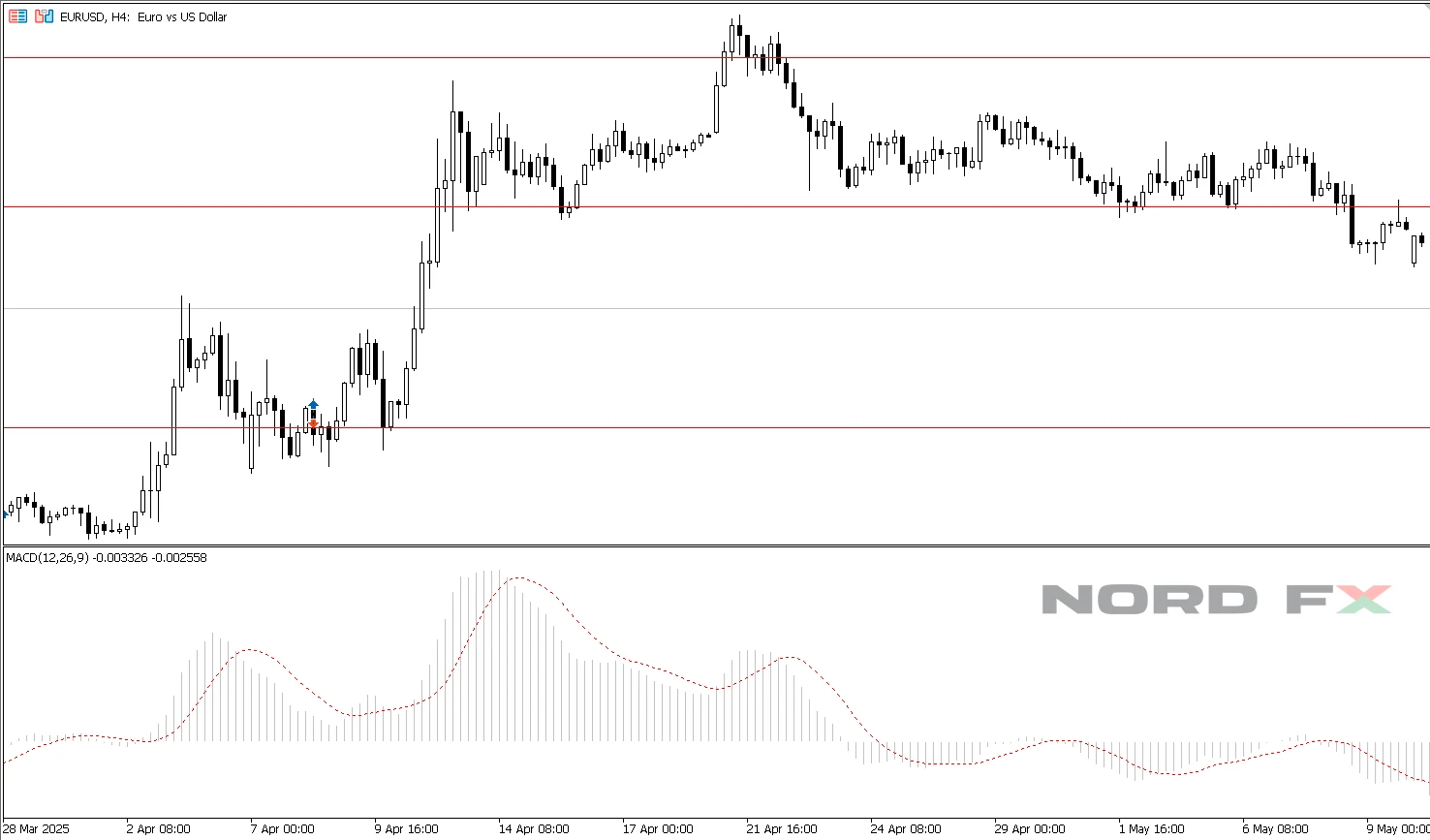The MACD (Moving Average Convergence Divergence) is one of the most widely used tools in technical analysis, valued for its ability to combine trend-following and momentum signals into a single indicator. While many traders are familiar with its basic signals, a deeper understanding of how MACD functions—and its potential pitfalls—is essential for those looking to make consistently informed decisions in fast-moving markets.
This article explores the MACD indicator from an advanced trader's perspective. We’ll dissect its components, examine sophisticated usage techniques, and highlight common mistakes even experienced traders may encounter. Whether you're trading forex, crypto, indices, or equities, mastering MACD can give your strategy an edge.
Understanding the Mechanics of MACD
At its core, the MACD measures the difference between two exponential moving averages (EMAs): a fast EMA and a slower EMA. Typically, the 12-period EMA and the 26-period EMA are used.
The MACD indicator consists of three components:
- MACD Line: Calculated by subtracting the 26-period EMA from the 12-period EMA.
- Signal Line: A 9-period EMA of the MACD line.
- Histogram: Represents the difference between the MACD line and the signal line.
When the MACD line crosses above the signal line, it often suggests bullish momentum. Conversely, a cross below may indicate a bearish shift. The histogram visually reinforces this relationship, expanding as momentum strengthens and contracting during convergence.

Key Signals and Their Interpretation
1. MACD Line/Signal Line Crossovers
These crossovers are primary trading signals. A bullish crossover occurs when the MACD line rises above the signal line, suggesting upward momentum. A bearish crossover signals potential downward movement.
2. Zero Line Cross
When the MACD line crosses above the zero line, it indicates that the 12-period EMA has overtaken the 26-period EMA—often interpreted as a confirmation of bullish sentiment. The opposite is true for a move below the zero line.
3. Divergence
Divergence between MACD and price can be a powerful early signal of a potential reversal. For example, if price makes a higher high but MACD makes a lower high, it could indicate waning bullish momentum. However, as we will explore later, divergence is not foolproof.
Advanced Applications of MACD
Advanced traders rarely rely on MACD in isolation. Instead, it’s often paired with other tools to validate signals and reduce noise.
1. MACD and RSI
Using the Relative Strength Index alongside MACD can provide insights into both momentum and overbought/oversold conditions. A bullish MACD crossover that aligns with RSI moving out of an oversold region may offer higher-confidence setups.
2. Multi-Timeframe Analysis
Monitoring MACD across multiple timeframes allows for alignment of short-term and long-term trends. For instance, entering trades on a 1-hour chart only when the 4-hour MACD supports the same direction can improve success rates.
3. Quantitative and Algorithmic Use
MACD is often integrated into algorithmic trading strategies due to its mathematical clarity. Customizing EMA periods can tailor the indicator to specific asset classes or market conditions.
Common Pitfalls in Using MACD
Despite its utility, MACD is not without weaknesses. Recognizing its limitations can prevent costly missteps.
1. False Signals in Ranging Markets
MACD works best in trending environments. In sideways or choppy markets, MACD can generate misleading crossovers that result in whipsaws. Using trend confirmation tools like ADX (Average Directional Index) can help filter these signals.
2. Overreliance on Divergence
While divergence is a classic reversal signal, it’s not always reliable. Markets can remain in strong trends despite divergence, especially when driven by fundamental catalysts. Divergence should always be validated with price action or volume analysis.
3. Using Default Settings Blindly
The standard 12-26-9 settings may not suit all instruments or timeframes. For volatile assets like cryptocurrencies, shorter EMAs may better capture price shifts. Conversely, longer settings may be more appropriate for stable, trend-based instruments like major forex pairs.
4. Neglecting Broader Market Context
MACD reflects past price action. Relying on it without considering macroeconomic data, news events, or broader technical structures can lead to misinformed decisions. Always place MACD within a holistic analytical framework.
Best Practices for Trading with MACD
To get the most out of MACD, consider the following guidelines:
- Confirm with Price Action: Validate MACD signals with support/resistance levels or chart patterns. For example, a bullish crossover near a major support zone offers more credibility.
- Adjust Based on Volatility: Modify EMA settings for different assets. Test combinations like 8-21-5 or 20-50-10 depending on your strategy and market conditions.
- Backtest Rigorously: Before integrating MACD into a live strategy, backtest its effectiveness on historical data. Ensure your setup works across different market phases.
- Integrate Risk Management: Even a strong MACD signal should be supported by stop-losses and position sizing. No indicator offers perfect accuracy, and protection against drawdown is essential.
Conclusion
The MACD indicator remains a powerful component in any advanced trader’s toolkit. Its ability to blend momentum and trend-following signals offers a nuanced view of market conditions. However, its true potential is unlocked only when applied thoughtfully—combined with market context, technical confluence, and disciplined risk control.
For seasoned traders looking to elevate their strategies, applying MACD with insight and caution can lead to sharper entries and more informed exits. If you're ready to put advanced technical analysis into action, consider exploring trading platforms that support comprehensive charting tools and flexible strategies.
NordFX offers access to a wide range of instruments and the MetaTrader platforms that fully support MACD and other professional indicators. Whether you're trading forex, crypto, or indices, it's time to make every signal count.

